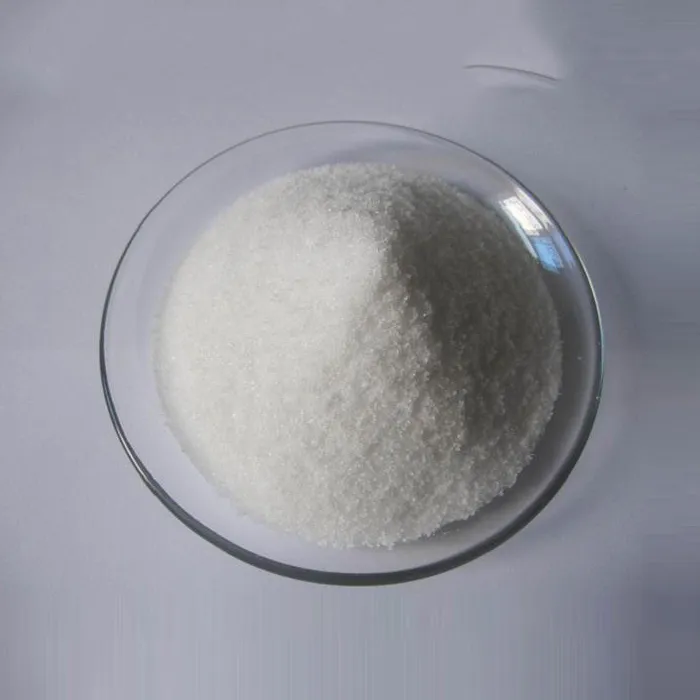Water Treatment Plant Chemicals Essential Components for Safe Drinking Water
Water treatment plants play a crucial role in ensuring that the water we consume is safe and free from harmful contaminants. To achieve this, they employ various chemicals that aid in the purification process. Understanding the types of chemicals used in water treatment and their functions is essential for appreciating how clean drinking water is delivered to our taps.
Coagulants The Starting Point
One of the primary categories of chemicals used in water treatment is coagulants. These substances help in the aggregation of suspended particles in the water, forming larger particles or flocs that can be easily removed. Common coagulants include aluminum sulfate (often referred to as alum) and ferric chloride. When added to water, these chemicals destabilize the charged particles, encouraging coagulation and sedimentation. This process is vital for removing dirt, organic matter, and microorganisms, laying the foundation for clean water.
Flocculants Enhancing Sedimentation
Following coagulation, flocculants are often introduced. These are polymers that aid in the formation of larger flocs from the smaller ones created during coagulation. By enhancing the sedimentation process, flocculants help the solid particles settle more effectively in the sedimentation tanks. Common flocculants used in water treatment include polyacrylamides and natural substances like xanthan gum. The improved efficiency in sedimentation leads to clearer water, which requires less subsequent treatment.
Disinfectants Ensuring Microbial Safety
Disinfection is a critical step in the water treatment process, aimed at eliminating pathogens that could pose health risks. Chlorine is the most widely used disinfectant due to its effectiveness against a broad spectrum of bacteria and viruses. Chlorine can be added in different forms, such as gaseous chlorine, sodium hypochlorite, or calcium hypochlorite. Though effective, chlorine can form harmful byproducts, thus some plants are now also using alternative disinfectants like ozone or ultraviolet (UV) light, which do not produce these harmful byproducts and can eliminate pathogens more comprehensively.
water treatment plant chemicals

pH Adjusters Maintaining Balance
The pH level of water is essential for effective treatment and overall water quality. Chemicals such as hydrochloric acid or sodium hydroxide are used to adjust the pH of water to optimal levels. Maintaining the correct pH not only enhances the effectiveness of coagulants and disinfectants but also ensures that the treated water is non-corrosive and safe for distribution. A balanced pH level also helps in preventing the leaching of metals from the pipes, ensuring the water delivered is free from contaminants.
Corrosion Inhibitors Protecting Distribution Systems
Once water is treated and disinfected, it must be transported through pipelines to consumers. This is where corrosion inhibitors come into play. Chemicals like orthophosphate and silicates are often added to treated water to form a protective coating on the interior of pipes, preventing corrosion and leaching of harmful metals such as lead and copper into the drinking water. By safeguarding the distribution system, corrosion inhibitors help maintain the quality of water from the treatment plant all the way to the consumer’s tap.
Advanced Treatment Chemicals Tailored Solutions
As water quality concerns grow, the need for advanced treatment solutions has increased. Chemicals such as activated carbon are utilized in advanced filtration systems to adsorb organic compounds and other pollutants effectively. Additionally, advanced oxidation processes (AOPs) use chemicals like hydrogen peroxide in combination with ultraviolet light to break down complex organic pollutants, ensuring a higher level of purification.
Conclusion
The chemicals used in water treatment plants are integral to the production of safe, clean drinking water. From coagulants that initiate the treatment process to disinfectants that ensure microbial safety, each chemical plays a distinct role in purifying water. Understanding these components not only illuminates the complexities of water treatment but also highlights the importance of chemistry in public health and safety. As technology advances, we can expect the continued development of more effective and environmentally friendly chemicals that will further enhance our water treatment processes, ultimately contributing to a healthier population and a cleaner environment.

